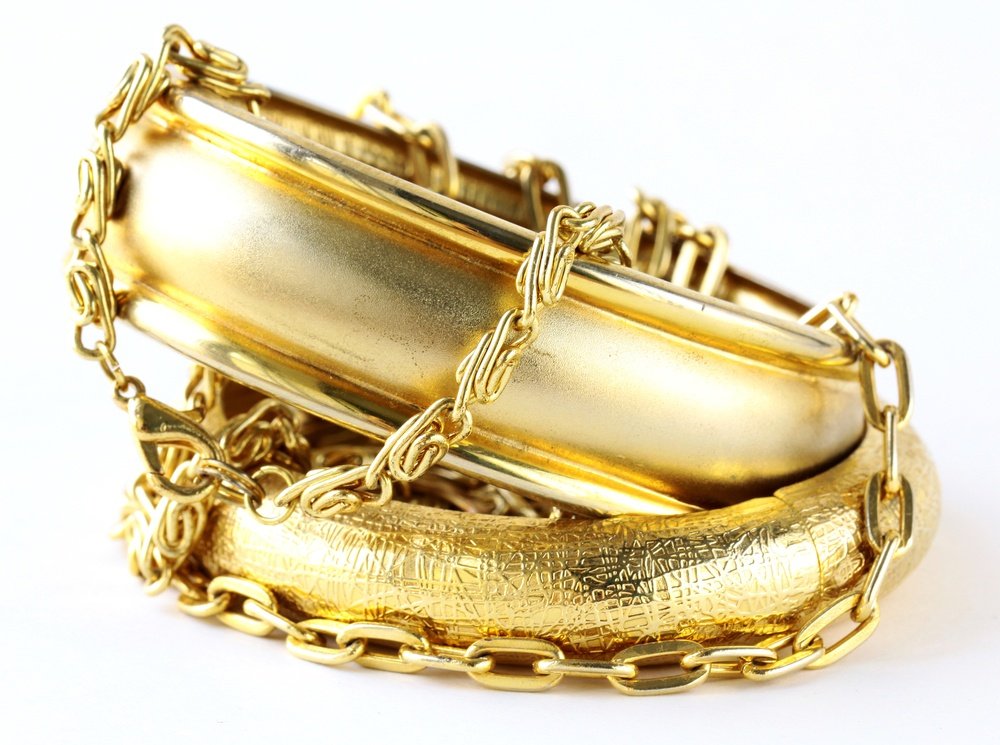Understanding the Factors That Set the Worth of Aurum Items
Wiki Article
Gold has remained treasured by humans for millennia of centuries. It is a valuable commodity that has been used for various purposes, including jewelry, money, and investment. The value of gold items can vary based on various elements. Grasping these elements is crucial for anybody engaged in buying, selling, or investing in gold. This piece will explore the key elements that determine the value of gold items, including market demand, purity, artistry, and financial circumstances.

One of the primary elements that influence the value of gold pieces is consumer need. When more people want to buy gold, its cost tends to increase. This demand can come from multiple sources, including ornament makers, traders, and national banks. For example, during periods of economic uncertainty, numerous investors turn to gold as a secure haven for their funds. This increased need can drive up the price of gold pieces. Conversely, if demand drops, the worth of gold may drop. Grasping consumer trends and buyer behavior is essential for assessing the current value of gold.
Another significant factor is the fineness of the gold. Gold is assessed in karats, with 24 carats being 100% gold. Items with greater purity levels are generally considered valuable than those with lesser levels. For example, an item crafted of 18-carat gold contains 75% gold and 25% other alloys, while a 14-karat piece contains only 58.3% gold. Consumers often search for high-purity pieces because they are more durable and have a greater intrinsic worth. Therefore, when assessing the worth of gold items, it is essential to consider their fineness level.
Artistry also plays a major role in influencing the value of gold pieces. The skill and craft involved in making a piece can significantly affect its value. Crafted by hand jewelry, for instance, gold sell price may be more worth than mass-produced pieces due to the time and care click resources put in its production. Unique designs and intricate features can enhance the attractiveness of gold pieces, making them considered desirable to enthusiasts and buyers. Hence, the craftsmanship of a gold piece can significantly affect its consumer value.
Financial conditions are another important factor that influences the value of gold. The price of gold is often linked to the overall health of the economy. During periods of rising prices or economic uncertainty, gold is seen as a reliable asset. As a result, its worth may increase. On the another side, when the economy is robust and stable, the need for gold may fall, leading to reduced prices. Investors and enthusiasts must keep an eye on financial indicators, such as interest rates and inflation levels, to understand how these factors can affect the worth of gold items.
The worth of gold items is determined by a mix of factors, including consumer demand, fineness, artistry, and economic conditions. Understanding these factors can assist people make educated decisions when purchasing or trading gold. As gold continues to be a valuable commodity, being aware about these factors will be advantageous for anyone interested in the gold industry. Regardless of whether for personal use or investing purposes, recognizing what affects the value of gold can lead to superior decisions and greater satisfaction.